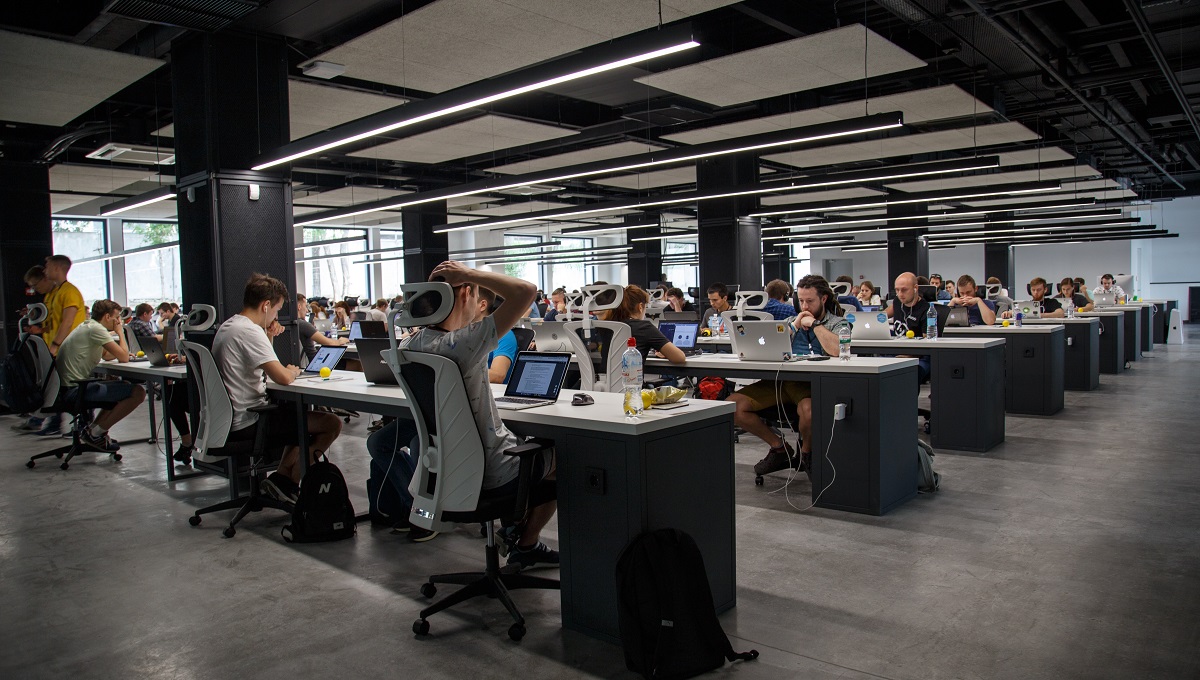
Source: https://www.advan.us/blog.php
Building on previous posts from Advan Research and Eigen10 Advisors using anonymized cell phone movement over time to analyze the impact of Covid-19 on various real estate property segments, this week we explore the different experiences metro areas have had returning to the office. The market areas were chosen to represent a cross-section of the country, which had their own set of stay in place orders, and in turn, timing of a return to work. The markets analyzed are a section of Plano TX, part of Nashville CBD, a section of Phoenix near Scottsdale and the Seaport District in Boston MA.
Nashville’s shelter in place began March 31, with a reopening on May 1. Plano began a stay at home April 2 based on a decree from the Texas governor, which ended April 30. Arizona’s stay in place began March 31 and expired on May 15. Massachusetts had a stay at home order starting March 24, with offices not reopening in Boston until June 1, a week later than the rest of the state. Plano’s return to work was the quickest, with foot traffic up 24.4% in the first full week after the restriction was lifted. By the first week in June, traffic had increased an additional 58.1%. However, overall foot traffic was still down 50.1% compared to the first work week of June 2019.
Nashville was not as quick in its back to work, with just a 9.2% increase in foot traffic the first full work week after the restrictions were lifted. By the first week of June, traffic had increased an additional 69.1%, as more people returned to work. Once again, when compared to the year prior period, foot traffic was still down significantly, 70.5%.
The Phoenix location we examined is more mixed-use than pure office, as most of suburban Phoenix is, so the change in foot traffic will reflect not only a return to office, but also retail. Foot traffic jumped 39% the first week after the stay at home order expired. Surprisingly, traffic dropped 14% from that number three weeks later during the first week of June. Compared to a year ago, traffic the first week of June was down 58%. Less than Boston and Nashville, but slightly more than the section of Plano we examined.
Massachusetts’ experience has been quite different with a much slower return to work. In the first week back (first week of June), there was an estimated increase of just 3.7% in total visitors compared to the week prior. The Mayor of Boston had restrictions in place limiting office capacity to 10%, so there was already a limited potential increase in place, preventing numbers like Plano or Scottsdale. This total visitor count was a decrease of 78% from the first full week in March, and 81% lower than the first week in June the year before.

Based on Massachusetts’ more strict reopening plans, it is unlikely that foot traffic will increase as quickly as seen in Texas or Tennessee. Regardless of the rules and regulations put in place by mayors and governors, businesses and workers are moving more cautiously than the rules allow.
While this analysis was a simple sampling and not necessarily a reflection of the larger U.S. market, Advan and Eigen10 Advisors are working to continue to track and analyze the data in a broader and more long-term indexed fashion.
To learn more about the data behind this article and what Advan has to offer, visit https://advanresearch.com/.







Sign up to receive our stories in your inbox.
Data is changing the speed of business. Investors, Corporations, and Governments are buying new, differentiated data to gain visibility make better decisions. Don't fall behind. Let us help.







Sign up to receive our stories in your inbox.
Data is changing the speed of business. Investors, Corporations, and Governments are buying new, differentiated data to gain visibility make better decisions. Don't fall behind. Let us help.